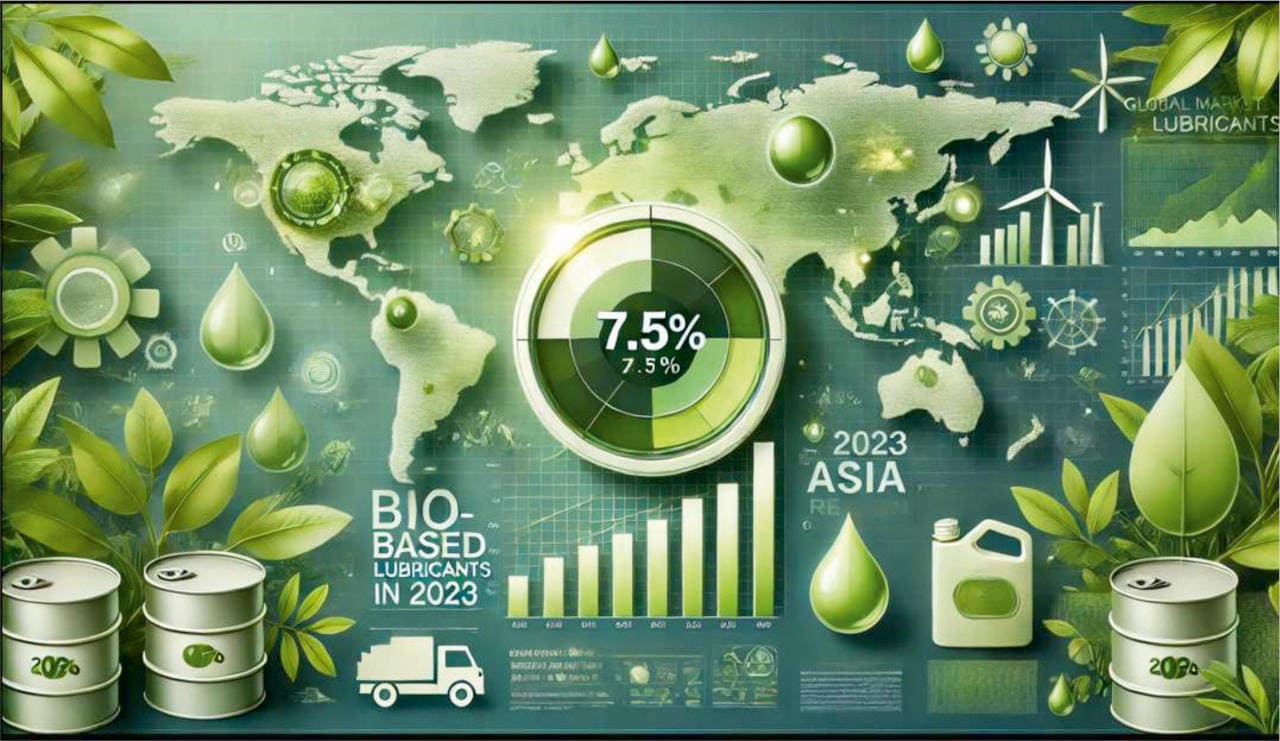A Journey Through History: The Silk Road and Early Trade

Asia, a continent of resilience and innovation, has evolved remarkably from its ancient Silk Road days to modern industrial hubs. Amid the bustling trade and technological advances, a quieter story unfolds— the evolution of machinery maintenance, particularly in lubrication. This article reflects Asia’s ingenuity, shaped by its geography, culture, and industrial needs.
A Journey Through History: The Silk Road and Early Trade
Imagine a bustling Silk Road caravan laden with goods like silk, spices, and gold. As they traverse arid deserts and treacherous mountains, the wheels of their carts groan under the strain. Traders knew the journey’s success depended not just on goods, but also on the durability of their tools. Early lubricants like camel fat and olive oil were applied to reduce axle friction, ensuring smooth passage. For instance, traders in Central Asia relied on camel fat, which was effective in harsh climates. Similarly, in Southeast Asia, palm oil—a local resource—served as a dual-purpose commodity for cooking and machinery maintenance.
Insight: A Parallel for Marketers
Just as traders adapted lubrication solutions to their environments, marketing managers must craft region-specific strategies. For example, humid regions like Southeast Asia demand corrosion-resistant lubricants, while cold climates like Siberia require products with stable viscosity at sub-zero temperatures.
Geography Shapes Demand: Diverse Terrain, Diverse Solutions
Asia’s vast geography, from Himalayan peaks to coastal plains, presents diverse challenges for machinery maintenance. Take India’s Gujarat coast, where salty air accelerates machinery corrosion, demanding antirust lubricants. In contrast, Japan’s seismic terrain drove the development of synthetic lubrication for precision machinery, ensuring performance in robotics and manufacturing.
Case Study:
In 2022, a coastal power plant in Vietnam reduced equipment downtime by 30% after adopting high-performance lubricants tailored to resist corrosion. Such success stories highlight how tailored solutions drive results.
Insight for Marketers
Customized messaging is key. Emphasize features like “anti-rust for coastal industries” or “cold-resistant formulas for extreme climates.” This approach resonates more than generic claims.
The Industrial Revolution in Asia: The Rise of Machinery
With the Industrial Revolution came a surge in machinery use, from textile mills in India to shipbuilding in Japan. However, inefficiencies in maintenance often lead to costly downtime. Mineral oils emerged as a game-changer, offering superior performance.
Real Impact:
In India’s textile sector, switching from traditional oils to synthetic lubricants in high-speed looms increased uptime by 40% and reduced maintenance costs by 20%. These numbers illustrate the transformative power of innovation.
Marketing Tip:
Position your product as a cost-saver. Highlight ROI through case studies and data, showing how adopting your lubricant extends machinery life and cuts expenses.

Modern Challenges: The Sustainability Mandate
Asia’s rapid industrialization brought environmental challenges, pushing governments to tighten regulations. Bio-based and synthetic lubricants are gaining popularity, offering both performance and compliance.
Fact Check: According to a 2023 report, the global market for bio-based lubricants is projected to grow at a CAGR of 7.5%, with Asia leading the demand.
Example:
Malaysia’s palm-oil-based lubricants balance eco-friendliness and high performance, addressing both regulatory requirements and industrial needs.
Marketing Insight:
Frame your product as “green and efficient.” Use terms like “eco-friendly” and “energy-saving” to appeal to environmentally conscious industries.
The Era of Smart Lubricants and IoT
The digital revolution is redefining machinery maintenance. Smart lubricants equipped with IoT sensors now monitor performance in real-time, detect anomalies, and predict failures.
Story:
At Hyundai’s South Korea facility, IoT-enabled lubrication systems saved the company $2 million annually by minimizing downtime and extending machinery life.
Marketing Opportunity:
Position your brand as a pioneer in Industry 4.0. Offer workshops or content on the benefits of smart lubricants, building trust and authority in this space.
Marketing Managers’ Takeaways
-
Tailor to Regional Needs: Customize solutions for Asia’s diverse climates and industries.
-
Emphasize ROI: Showcase cost savings and performance improvements through data.
-
Focus on Sustainability: Highlight eco-friendly solutions that comply with regulations.
-
Leverage Technology: Promote smart lubricants as the future of maintenance.
-
Tell Relatable Stories: Use examples and testimonials to create emotional connections.
